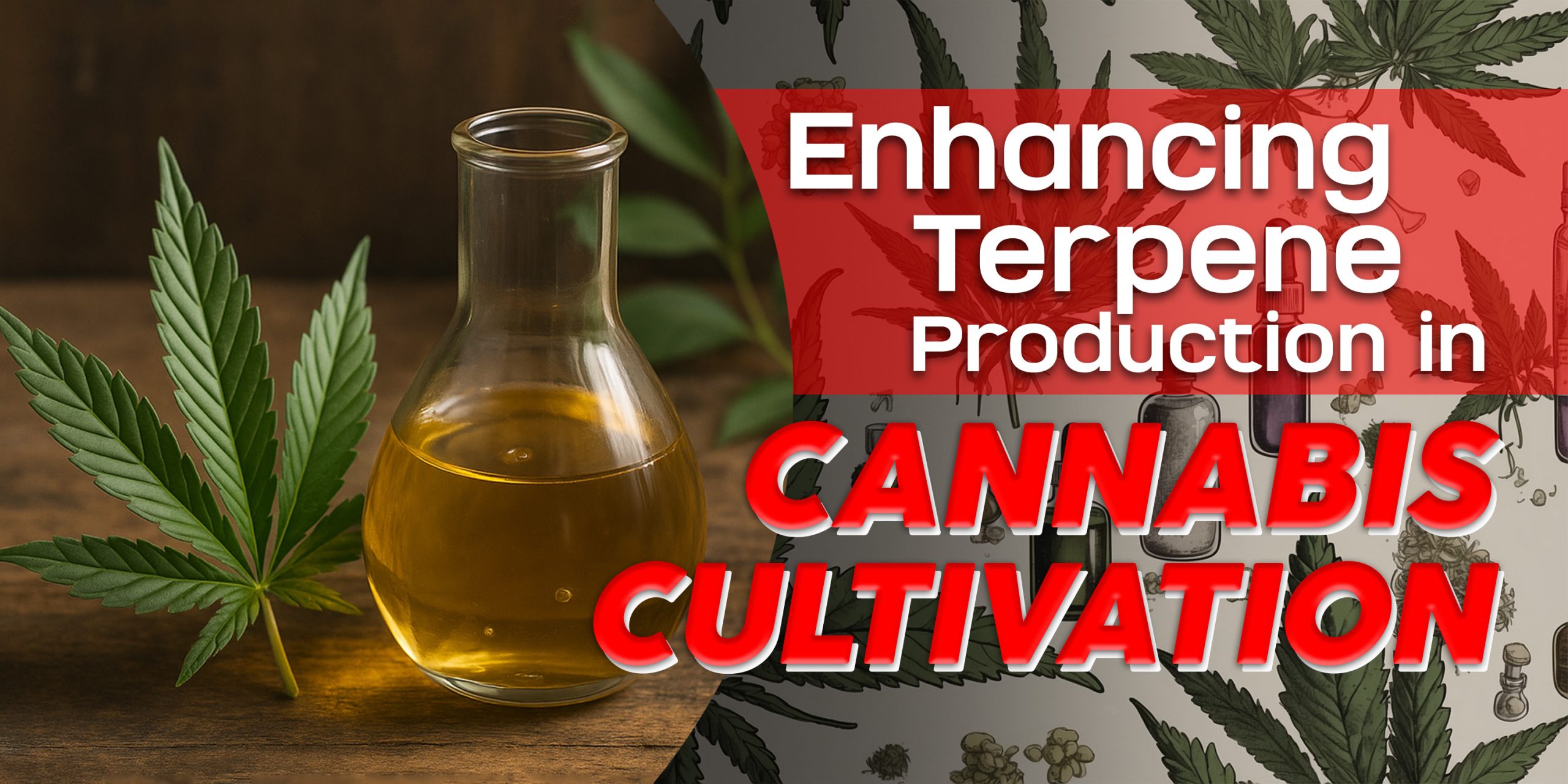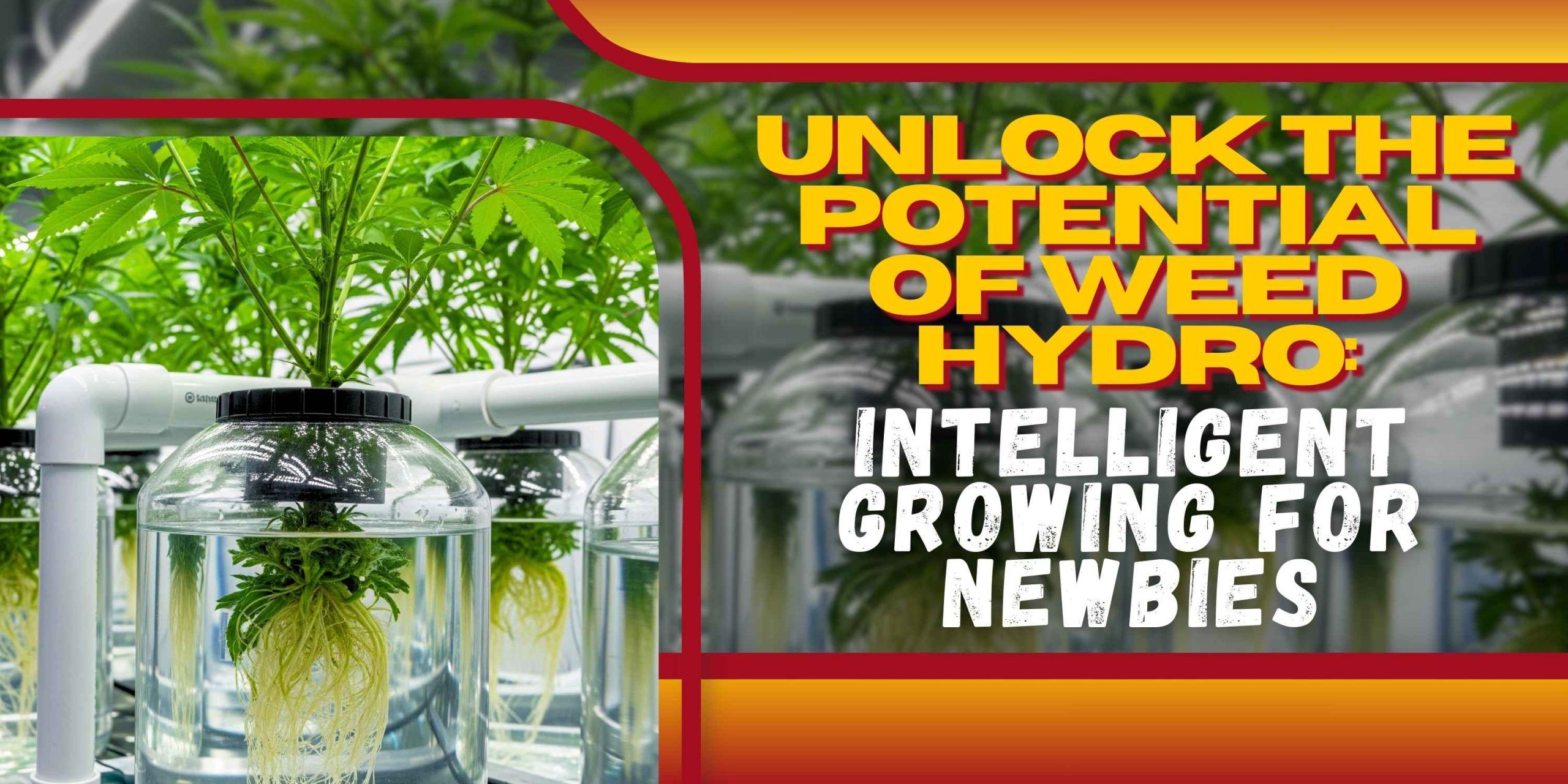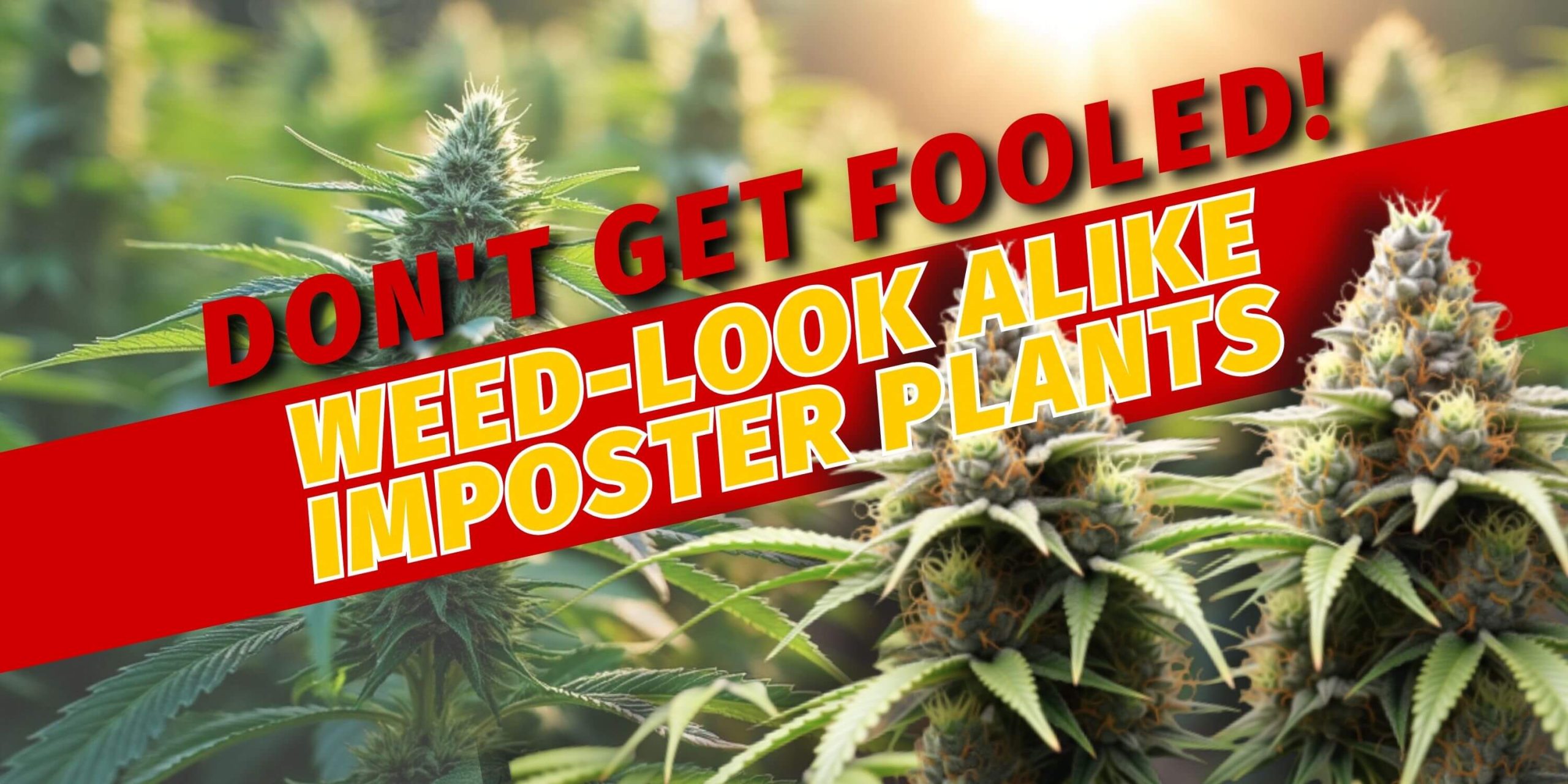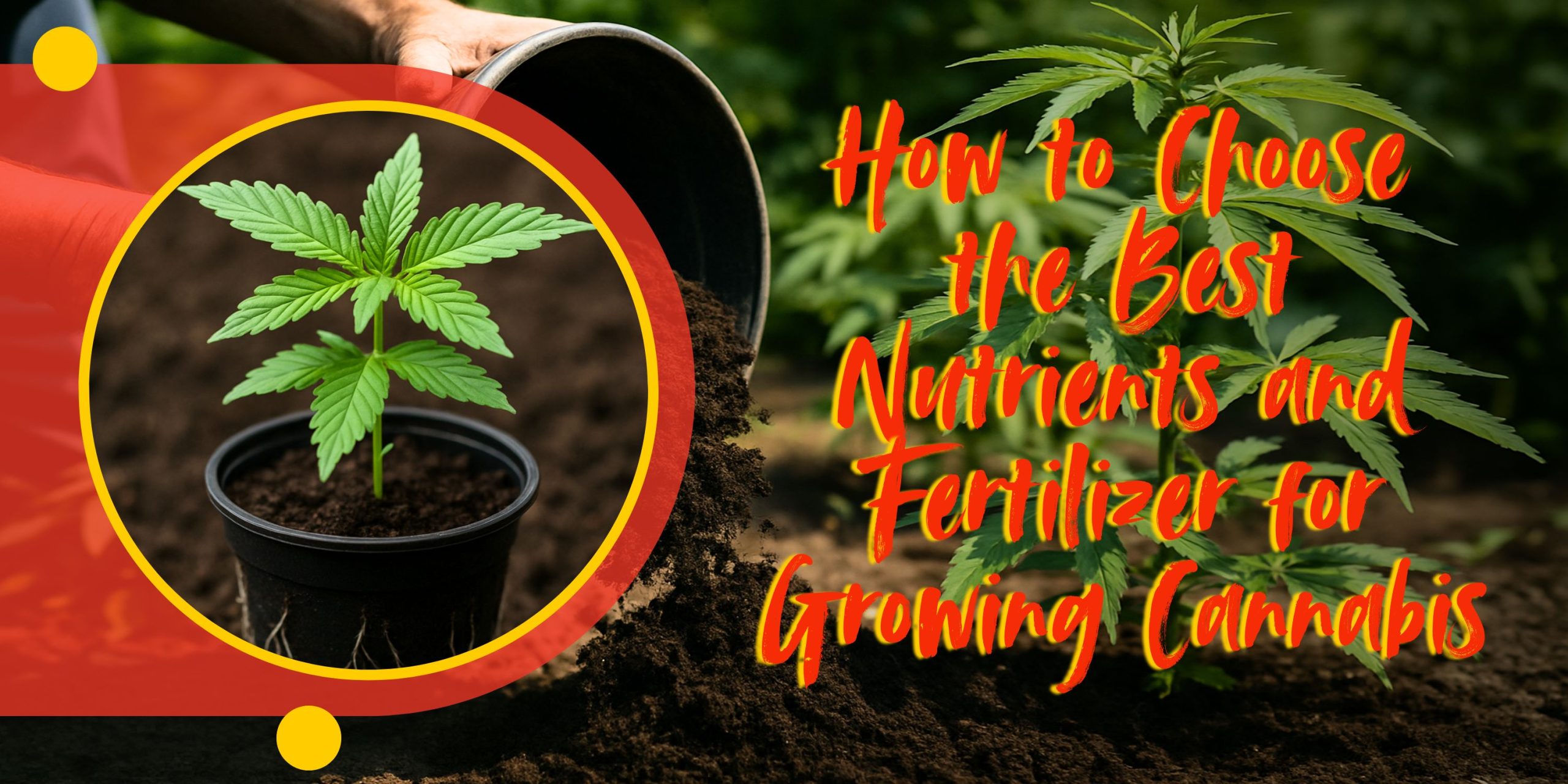Terpenes are the aromatic molecules that give cannabis its unique taste and smell, as well as help explain its medicinal properties. These volatile chemical molecules improve the whole experience and possible medical effects by interacting synergistically with cannabis on how to increase terpene production. Whether you cultivate commercially or at home, high-quality cannabis that distinguishes aroma and potency depends on growing terpene output.
How to Increase Terpenes in Cannabis
1. Choosing Ideal Genes for Optimal Terpene Potential
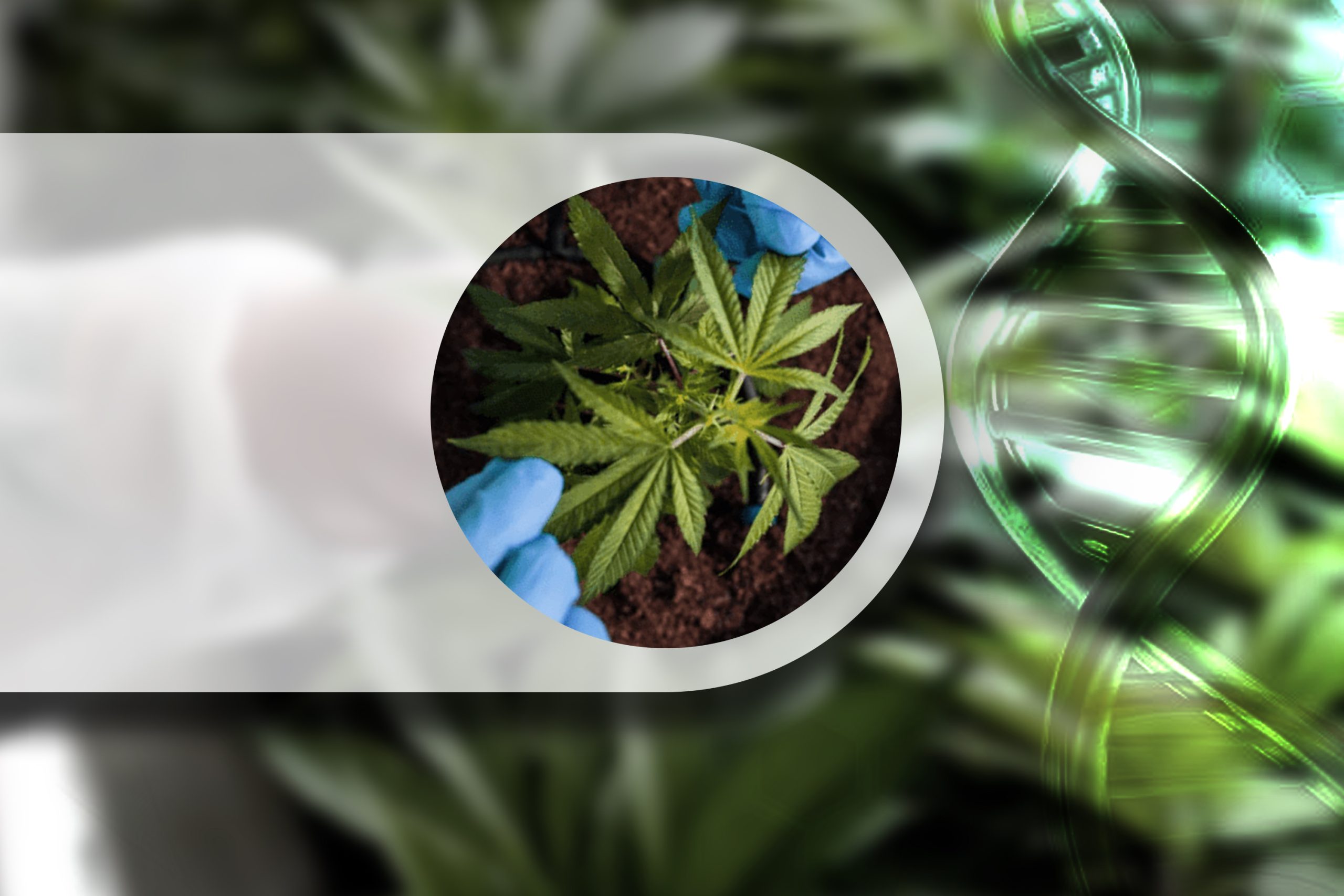
The terpene profile of a cannabis plant is decided by genetics. Every strain has a different genetic code that determines the terpenes produced and in what ratios. Perfect for growers that value scent and taste, terpene-dense strains like Blue Dream, Lemon Haze, and OG Kush are well-known for their terpene-heavy qualities. Selecting appropriate genes prepares the ground for a rich, terpene-dense output.
Genetic stability should be ensured by choosing strains, seeds, or clones from accomplished and knowledgeable breeders. Poor or unstable genetics could produce crops with altered terpene profiles or lowered general robustness. Terpene enhancement also depends critically on hybridization. Strains are combined by growers to focus on desired terpenes. Combining a fuel-heavy strain like Chemdawg with a citrus-heavy strain like Tangie will provide a terpene profile with both gassy and fruity smells. Understanding your plants’ pedigree can help you to adjust their surroundings to best suit most terpene production.
2. Growing in Living Dirt for Terpene – Rich Marijuana
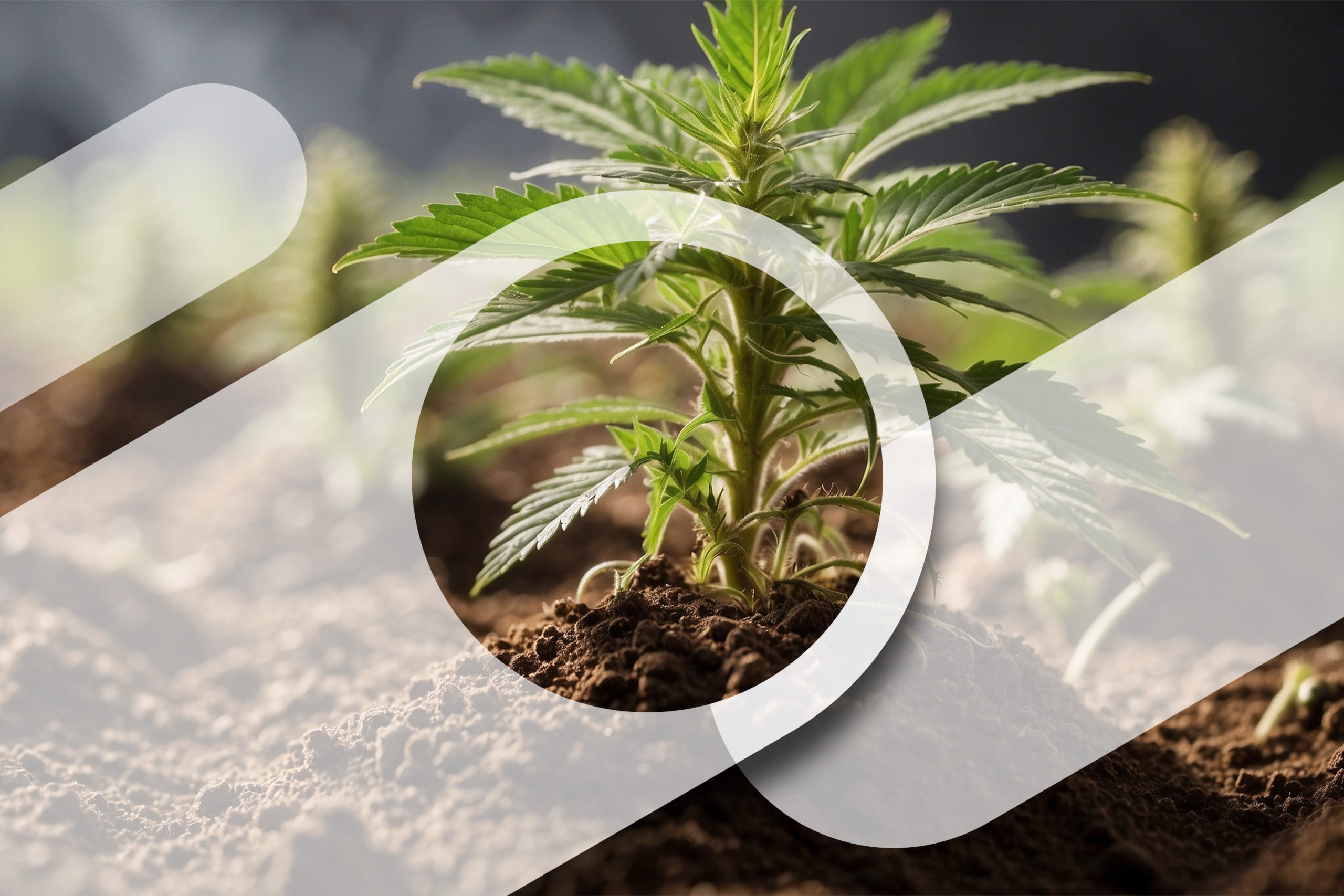
Therefore, the capacity of the plant to generate high terpenes depends directly on the condition of the soil. Terpene synthesis is best on living soil, a substrate rich in organic matter, fungus, and beneficial bacteria. This type of soil improves root systems and nutrient absorption, thereby producing aromatic and on how to increase terpenes.
Comprising components including worm castings, bat guano, compost, and mycorrhizal fungus, the soil ecology comes alive. Such natural supplements provide necessary nutrients and good bacteria that boost root health and induce terpene synthesis. Organic soil uses a natural, sustainable farming technique unlike synthetic fertilizers that could lead to terpene breakdown and salt accumulation.
Using companion plants is also quite important for soil-based terpene enhancement. Growing cannabis together with herbs such as lavender, basil, and chamomile brings other terpenes into the system, therefore motivating the plant to generate more terpenes. Additionally deterring pests, companion plants help to reduce the need for chemicals, affecting terpene quality.
3. Gentle Nutrient Management
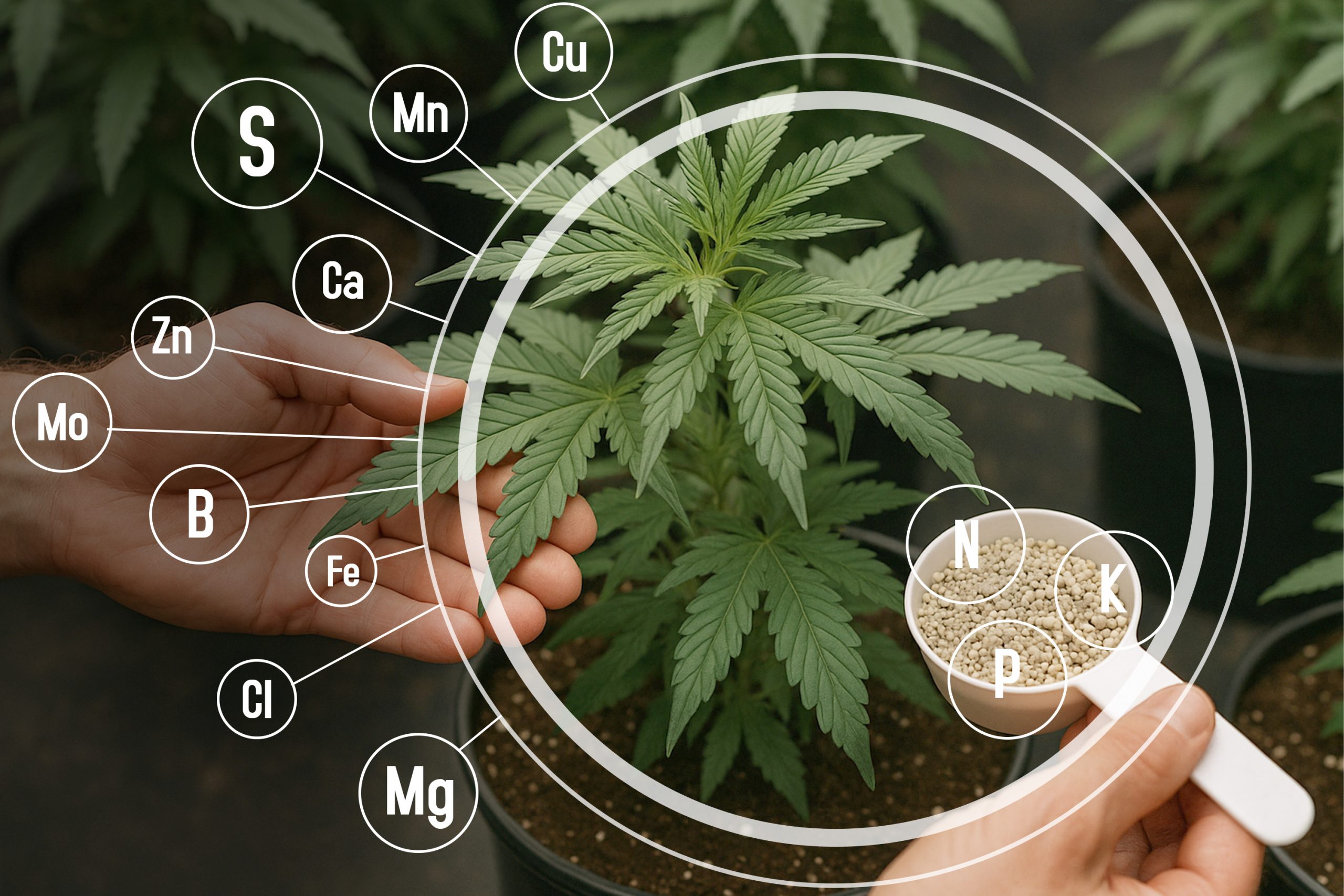
While overfeeding will lower terpene levels, gentle nutrient management is necessary for the best aroma plant wellness. Although basic macronutrients including nitrogen (N), phosphorous (P), and potassium (K) are important, micronutrients including sulfur, magnesium, and zinc also play a major role in terpene production.
While too little nitrogen in flowering stages may cause decreased terpene expression, nitrogen in the vegetative stage stimulates rich development. Limiting nitrogen and adding extra phosphorous and potassium as the flowers start to bloom helps promote bud development and resin development where terpenes are concentrated. By offering necessary minerals and sugars that promote microbial activity in the soil, supplements such as kelp extract, molasses, and humic acids boost terpene synthesis.
Furthermore, carbohydrate supplements are involved in terpene synthesis. Good bacteria naturally use unsulfured blackstrap molasses, which also boosts nutrient root absorption linked with terpene synthesis. Farmers can maximize terpene levels and the general quality of buds by precisely balancing nutrients.
4. Best Light Exposure for Increased Terpene Generation
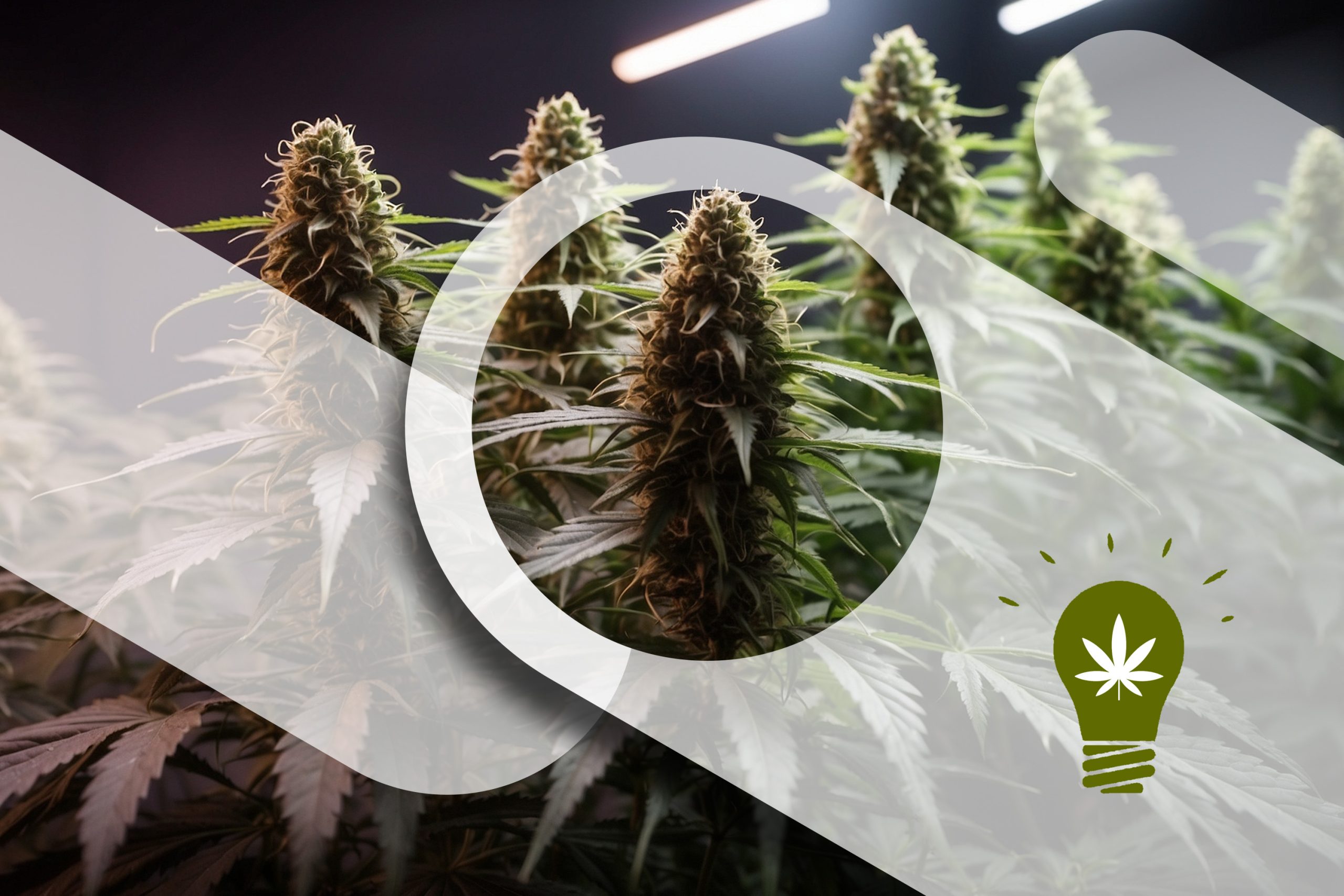
Terpene biosynthesis is strongly influenced by light spectrum and intensity. Since cannabis plants were grown in a whole solar spectrum, indoor cultivation would benefit most from full-spectrum LED or high-intensity discharge (HID) lights. These light systems offer the wavelengths required to induce secondary metabolism including terpene production as well as photosynthesis.
Add UV-B light to the flowering cycle to increase terpenes the most efficiently. Research has found that UV-B raises trichome density—that is, the density of the small resin glands including terpenes. Growing in circumstances with sun exposure or using certain UV bulbs will help growers organically raise terpene levels.
Light cycles affect terpene synthesis as well. Although a 12/12 bloom light cycle should be maintained consistently, cutting the light’s intensity somewhat over the last two weeks before harvest will help reduce stress and retain terpene integrity. Light control makes sure the plants have a complete array of aromatic chemicals.
5. Drying and curing: keeping terpenes after harvest
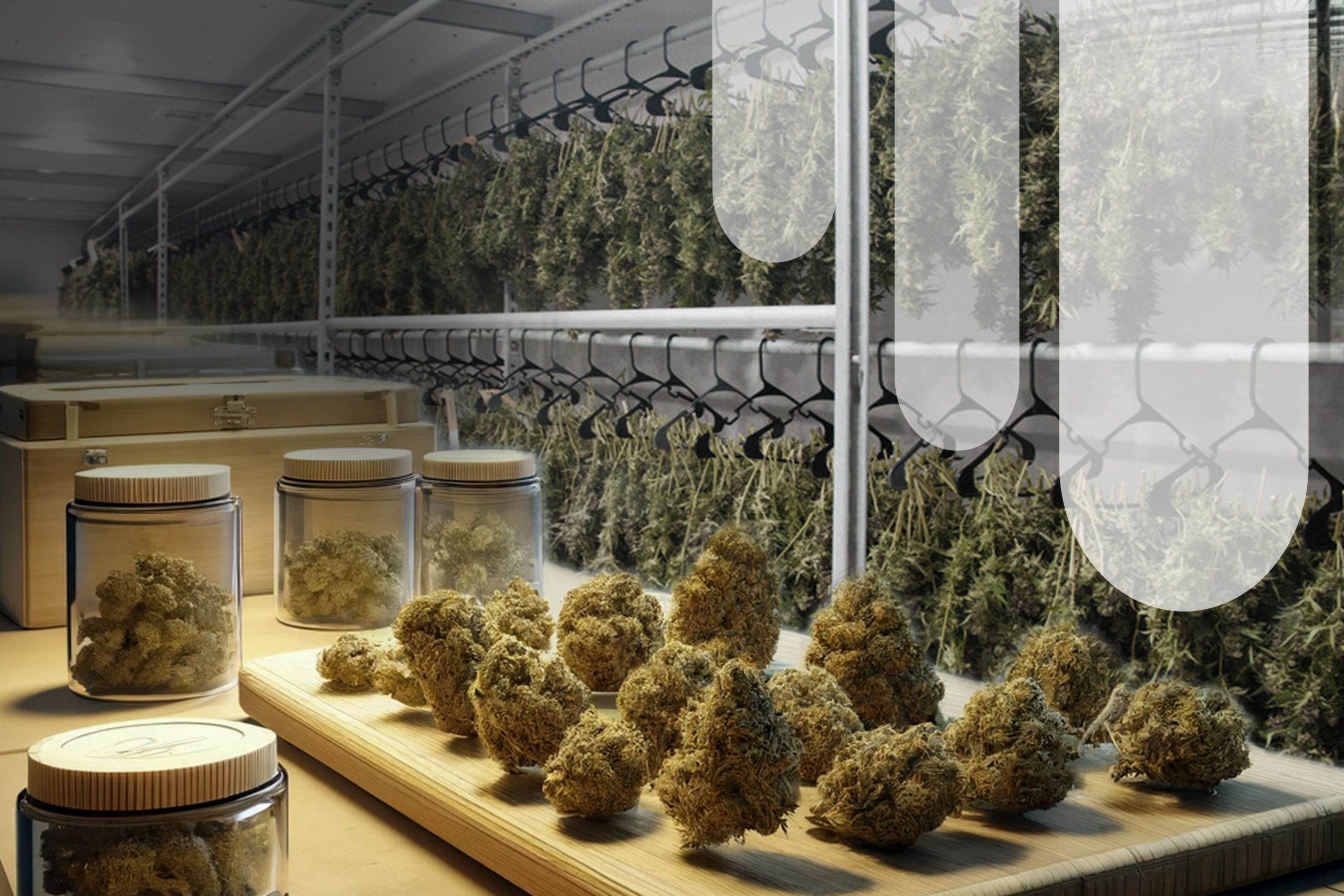
The process of drying and curing comes last in terpene optimization. Good drying helps the plant to maximize taste and stops terpene breakdown.
Correct Drying Conditions:
- Temperature: 15–21°C, 60–70°F
- Humidity: 50–55%.
- Ten to fourteen days’ duration
- Darkness: Steer clear of direct daylight.
Slow drying preserves volatile terpenes. When a plant dries rapidly at high temperatures, terpenes steam off, so the finished product lacks as much taste. Low-speed fans for gradual airflow help to prevent mold without destroying terpenes.
To release cannabis’s full terpene potential, it must be cured in closed glass jars during dry-down. Jars have to be burped daily to release extra moisture and enable gas exchange; curing takes at least two to six weeks. Buds change with time, and the scent gets stronger. A well-cured bud improves taste, has smooth smoke, and has a longer terpene profile.
Conclusion
How to increase terpenes in flowers? Maximizing terpene yield in cannabis calls for an all-encompassing strategy including genetic selection, soil biology, nutritional optimization, illumination, and correct post-harvest treatment. Maximizing these methods will help farmers create strongly aromatic, tasty, and potent cannabis fit for both medical and adult-use markets. Apply these suggestions to release the most aromatic potential of your cannabis plants and treat yourself to a better harvest with improved flavors and effects.
FAQs on Enhancing Terpene Production in Cannabis
1. Apart from smell, what part do terpenes play in cannabis?
Terpenes mix with cannabinoids to increase medicinal action, therefore supporting the entourage effect of cannabis. Along with other elements, terpenes could affect mood, painkillers, anxiety alleviation, and more.
2. Is terpene synthesis induced by environmental stress?
While some environmental stresses (e.g., modest UV light stress) have been demonstrated to increase terpene production, high levels of stress (e.g., intense heat or severe nutritional deficits) can damage plants and lower terpene yields.
3. In drying, how does humidity affect terpene retention?
Too much humidity during drying could cause mold development and compromise terpene preservation. Maintaining 50–55% humidity helps to prevent terpene loss and produce a premium end result.
4. Does the terpene concentration vary throughout strains of cannabis?
Indeed, terpene profiles of many cannabis varieties differ. Lemon Haze, for instance, is high in limonene and smells citrus; OG Kush is well-known for its earthy, piney, and woodsy terpenes.
5. For most terpene concentrations, when should one harvest?
Harvest is best when trichomes show milky white with some amber. This indicator denotes ideal terpene content, thereby guaranteeing the plant provides optimal aroma, taste, and potency.


